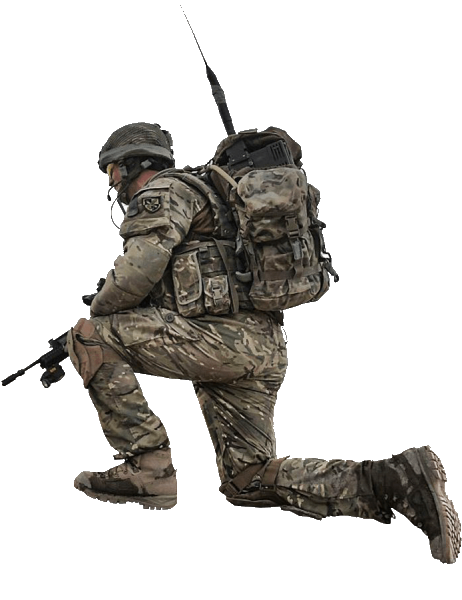When Kennedy ran for president in 1960, one of his key election issues was an alleged “missile gap” with the Soviets leading. Actually, the US at that time led the Soviets by a wide margin that would only increase. In 1961, the Soviets had only four intercontinental ballistic missiles (R-7 Semyorka). By October 1962, they may have had a few dozen, with some intelligence estimates as high as 75.[10]
The US, on the other hand, had 170 ICBMs and was quickly building more. It also had eight George Washington- and Ethan Allen-class ballistic missile submarines, with the capability to launch 16 Polaris missiles, each with a range of 2,500 nautical miles (4,600 km). Khrushchev increased the perception of a missile gap when he loudly boasted to the world that the Soviets were building missiles “like sausages” but Soviet missiles’ numbers and capabilities were nowhere close to his assertions. The Soviet Union had medium-range ballistic missiles in quantity, about 700 of them, but they were very unreliable and inaccurate. The US had a considerable advantage in total number of nuclear warheads (27,000 against 3,600) and in the technology required for their accurate delivery. The US also led in missile defensive capabilities, naval and air power; but the Soviets had a 2–1 advantage in conventional ground forces, more pronounced in field guns and tanks, particularly in the European theatre.

